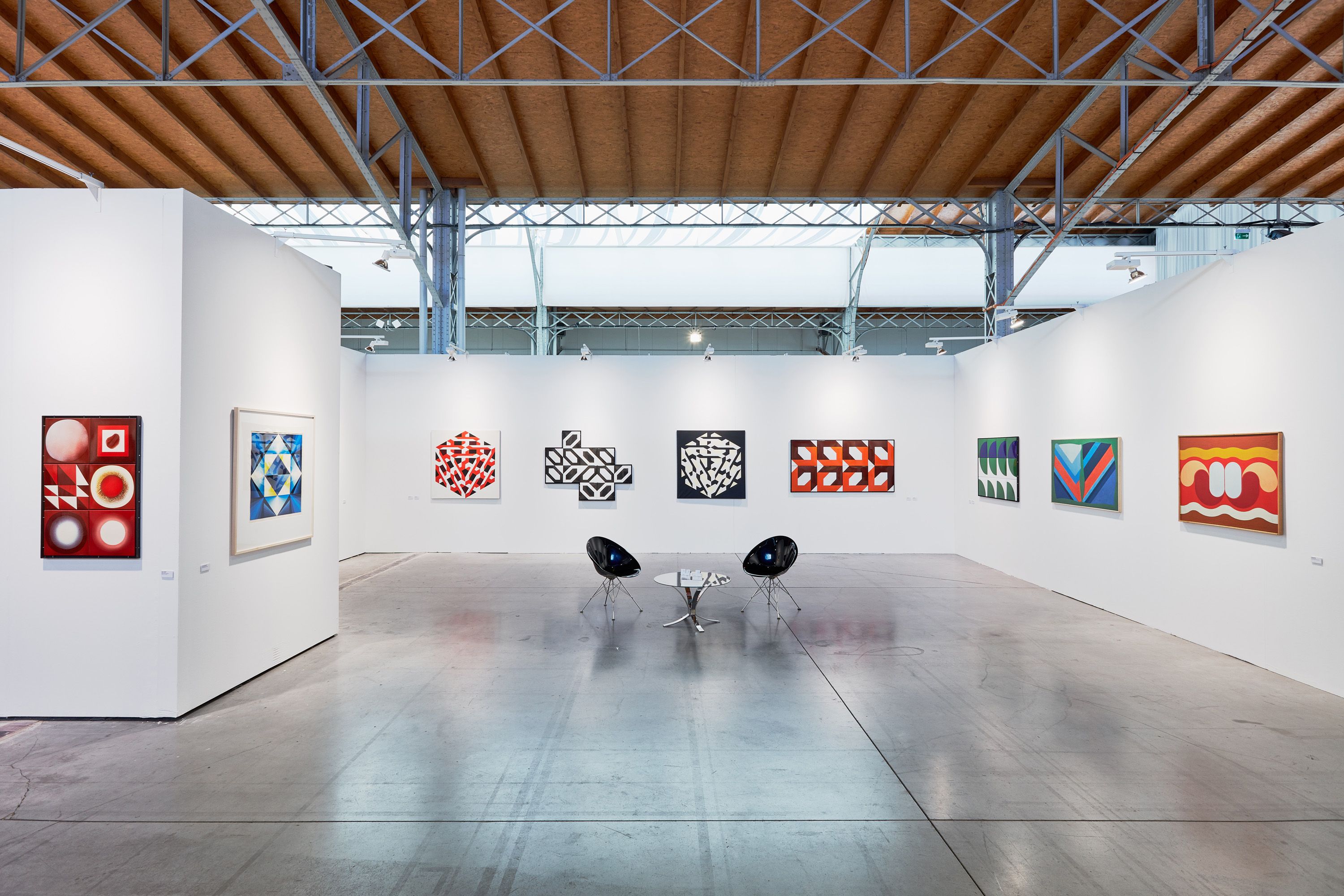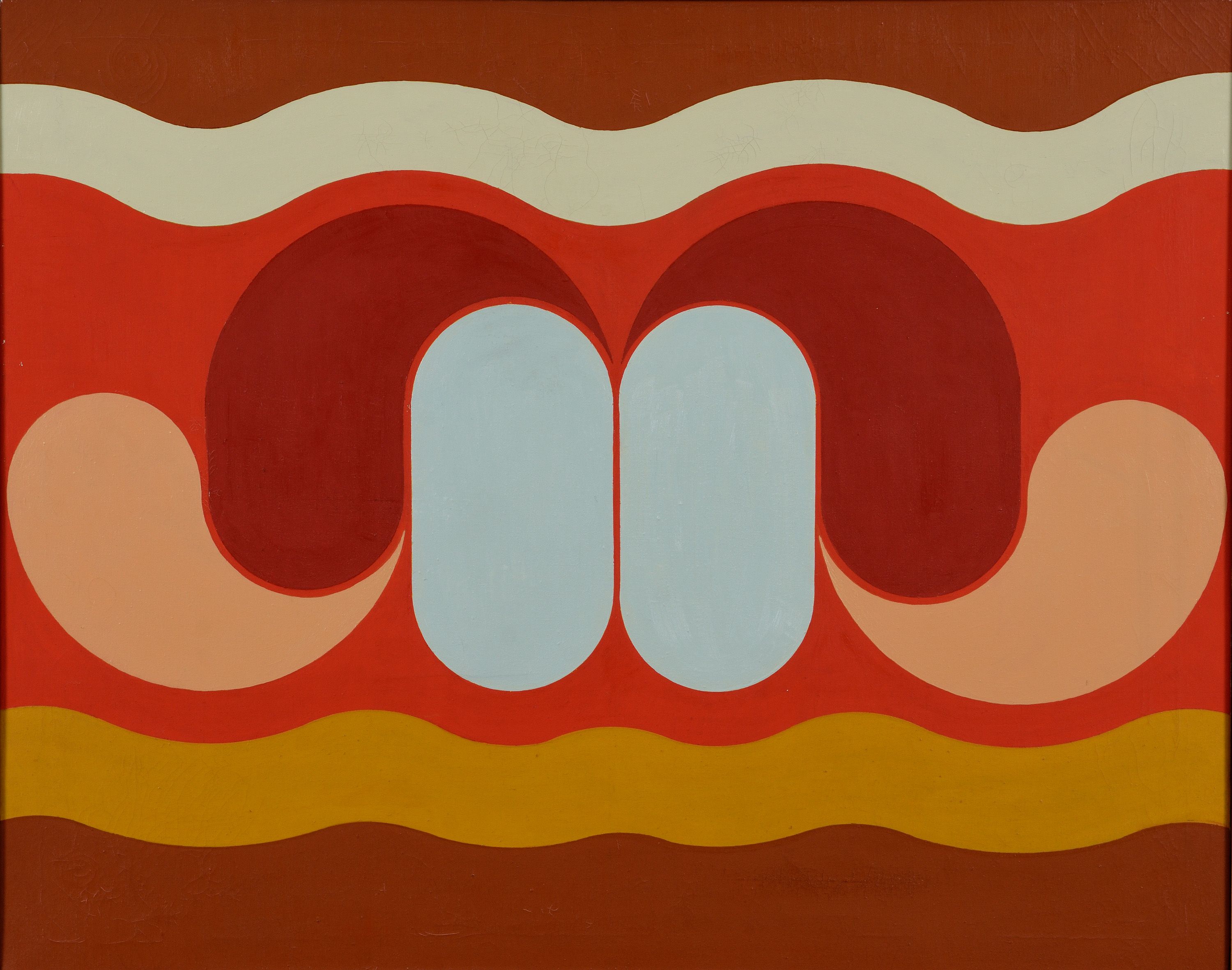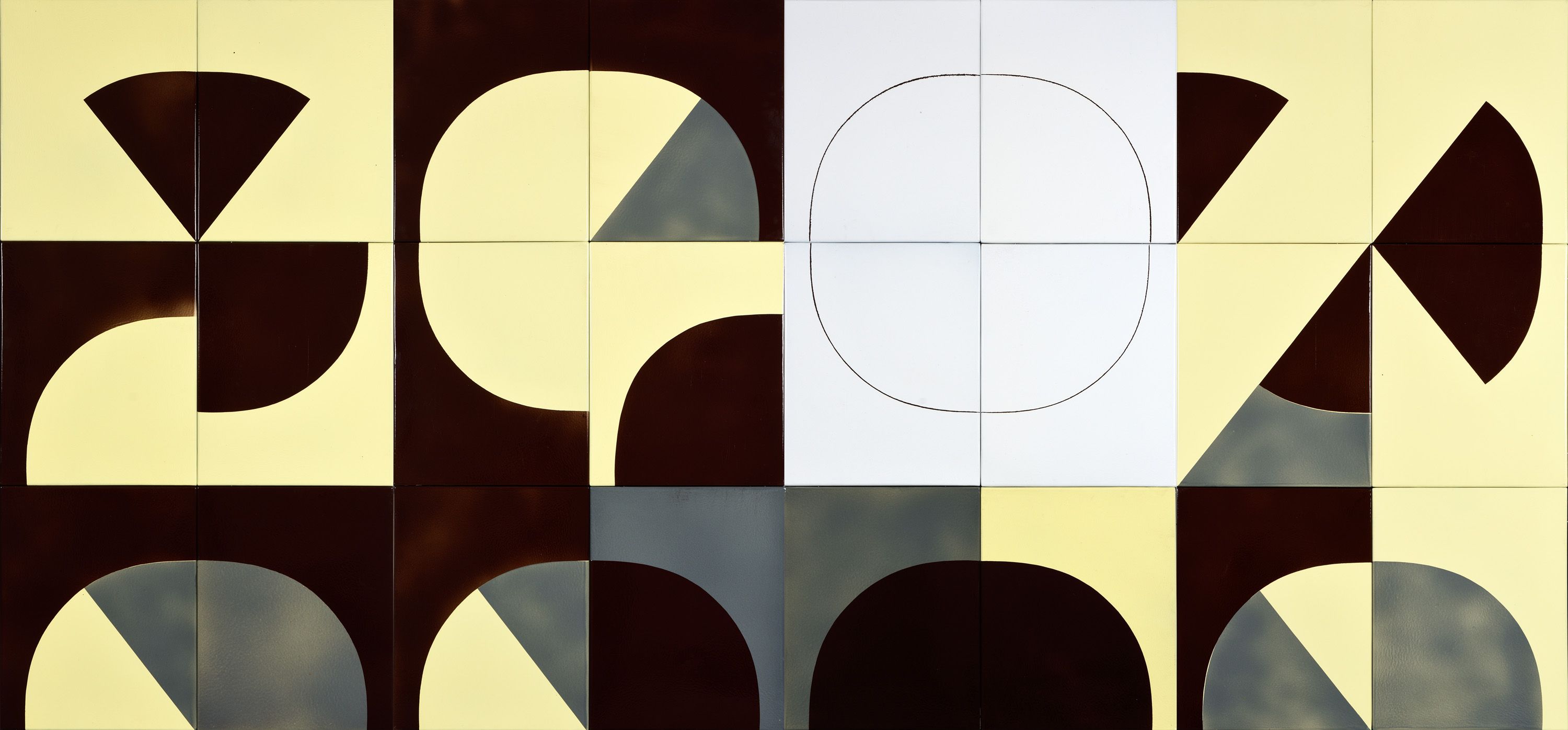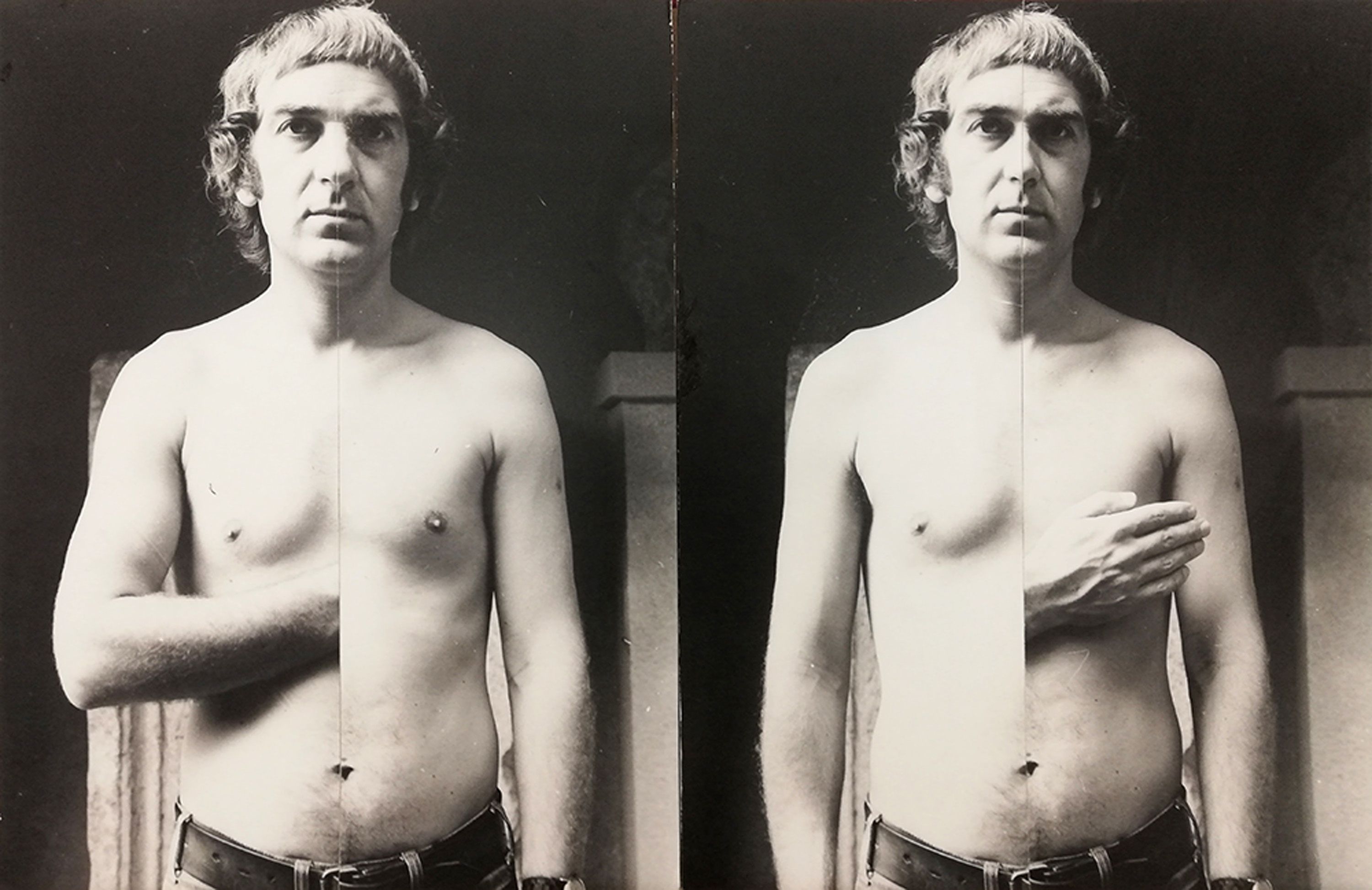Viennacontemporary 2018
| Helyszín: | Marx Halle, Bécs |
| Dátum: | 2018. szept. 27 – 30. |
Leírás
At booth C06 acb presents the works of B. István Gellér (1946-2018), Károly Hopp-Halász (1946-2016), Ferenc Lantos (1929-2014) and Sándor Pinczehelyi (1946-), as a continuation of its series focusing on and researching underexposed practices of the Hungarian neo-avant-garde generation. The four artists are all closely linked to the southern Hungarian city of Pécs, where the spirit of the Bauhaus and of the Op-art conveyed respectively by Pécs-born Marcel Breuer and Victor Vasarely was a determining inspiration for the art scene.
Painter Ferenc Lantos worked on developing a new visual language, a new geometry based on the reduction of natural motifs to basic, combinable and permutable geometric elements. He also played a decisive role as a teacher to nurture this new geometry in the practice of his younger students Károly Hopp-Halász and Sándor Pinczehelyi among others, who both became founders and members of the Pécs Workshop (1968-1980). In the first years of their artistic practice as a group, Károly Hopp-Halász and Sándor Pinczehelyi focussed their energies to the renewal of constructive and avant-garde traditions of Hungarian art through traditional media, then later worked on providing a base for a new visual language through a conceptual photographic praxis, performances and outdoor interventions.
Károly Hopp-Halász, who carried on painting in parallel with the mediatic turn towards photo, performance and video that the activity of the group took, realized geometric works following a strictly defined program in which he proceeded in the systematic reduction of natural motifs to abstract forms, intertwining constructivist and Op-art traditions.
Sándor Pinczehelyi, although being known for his conceptual photo actions using the hammer and sickle, the cobblestone and the five pointed star, also created early geometric enamels and paintings that share the same process of formal reduction, showing forms simplified to the maximum, stripped bare of any possible association and that appear to be complementary in form and colour, first juxtaposed, then imbricated and overlapping each other.
B. István Gellér, also an artist from Pécs and from the same generation, although loosely connected to the group both as a friend and colleague, shared the same geometric interest as his fellows. In the 1970s, he developed a consequent corpus of paintings and works on paper reflecting the geometric, neo-constructivist sensitivity through which he reinterpreted folkloric motifs and studied the relationship between rhythm, form and colour.
The presentation aims to shed light on the respective artistic interest and production of these four artists and how their progressive approaches to the geometrical tradition of the city, inherited from both the visual legacy of the Bauhaus movement and the Op-art practice, intersect.




